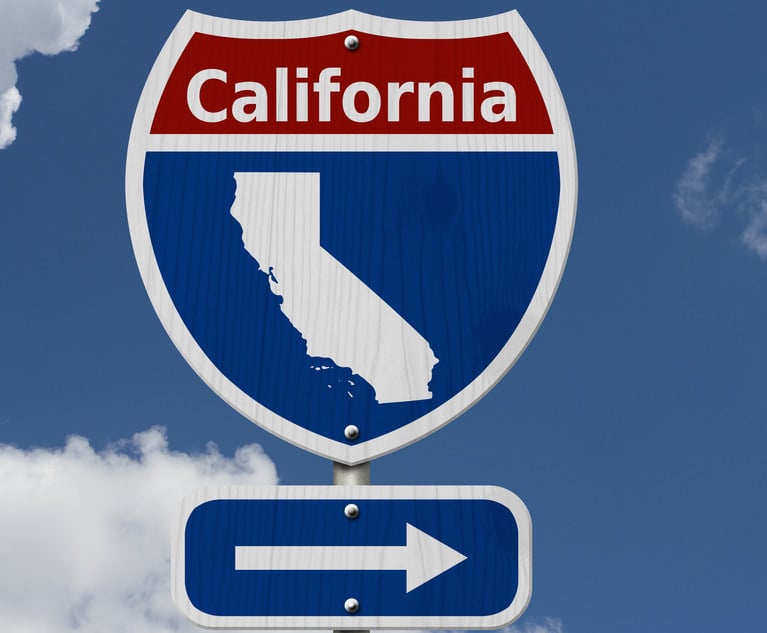Today's adjuster is frequently responsible for handling claimsin several states. This applies to both the in-house claim officestaff and to independent adjusters. There is often an effort toaccuse the claim handler of mistakes or misconduct as a way toeither increase the amount of money available through the insurancecoverage or to convert the loss into one for policy limits. Oneapproach is accusing the adjuster of engaging in “unfair claimsettlement practices” as prohibited by the statutes or regulationsin a particular state.
|Beginning in 1971 and continuing through 1990, the NationalAssociation of Insurance Commissioners (NAIC) performed majorre-writes of its original Model Act dealing with claim practices.Almost all of the states have now adopted some form of legislationincorporating all or portions of the NAIC's model act and/or modelregulations.
|However, there is no true uniformity among the states in termsof statutes, regulations, and judicial interpretations. Each statehas addressed its priorities in diverse ways, setting differentrequirements for adjusting property and casualty claims. Inaddition, each state will generally have a separate set ofguidelines for automobile claims. Finally, many states will havespecific guidelines addressing life, health, workers compensation,and surety claims.
|This is the first in a five-part series of articles that willhighlight some of the contrasting provisions and unique variationsof the Unfair Claims Settlement Practices Act and the UnfairProperty/Casualty Claims Settlement Practices Regulations among thestates. There will be no attempt to address issues associated withautomobile claims, as those matters will be discussed, hopefully,another day. In addition, we will not focus on the fields of life,health, workers' compensation, and surety claims.
|This series is not intended to be an exhaustive analysis ofstate-specific statutes and regulatory schemes. Rather, the goal ofthis series is to raise the overall awareness of claim personnelwith respect to the variations that exist.
|Each segment will be accompanied by state-specific, regionalclaim-handling reference charts, which will set out deadlinesrelevant to the principal prohibitions in the statutes and/orregulations. Intended to function as a quick reference tool, thisseries of charts is not designed to replace the need to review andfamiliarize oneself with each state's statutes and regulations.That is why each entry is accompanied by the specific reference tothe statute or the regulation. The law is a dynamic institution.Change occurs frequently, and it is critical that the claimadjuster stay informed about matters governing the profession.
||Section 3 of the NAIC's Model Act states that it is “an improperclaim practice for a domestic, foreign, or alien insurertransacting business” in the particular state to commit an actdefined in Section 4 if it was committed “flagrantly and inconscious disregard” of the act or any rules promulgated hereunder;or “with such frequency to indicate a general business practice toengage in that type of conduct.”
|In Section 4, unfair claim practices relating to the typicalproperty and casualty claim were classified as:
- Misrepresenting relevant facts or policy provisions.
- Failing to acknowledge pertinent communications with reasonablepromptness.
- Failing to adopt and implement reasonable standards for theprompt investigation and settlement of claims.
- Not attempting in good faith to promptly, fairly, and equitablysettle claims in which liability has become reasonably clear.
- Forcing insureds to file suit to recover amounts due byoffering substantially less than the amount ultimately recovered inthe law suit.
- Failing to conduct a reasonable investigation.
- Unreasonably delaying the investigation or payment of claims byrequiring both a formal proof of loss form and subsequentverification that would result in duplication of information.
- In the case of claim denials or offers of compromisedsettlement, failing to promptly provide a reasonable and accurateexplanation of the basis for such actions.
- Failing to provide necessary claim forms and reasonableinstructions about their use.
There are other model regulations that are not directlyapplicable to the topic of this series. Additionally, there areother definitions of unfair claim practices that are unique tocertain states.
|In future articles in this series, we will discuss the impact ofthe time limits adopted by the various states. We also willhighlight the changes made by some states by including both first-and third-party claimants under the protections provided by thesestatutes and/or regulations. Last, we will explore some of theunique provisions that can often create challenges in claimhandling.
|Tim Lynch and Anne Bandle are insurance defense attorneyswith Lynch and Associates in Anchorage, Alaska. They may be reachedat 907-276-3222, [email protected],[email protected].
Want to continue reading?
Become a Free PropertyCasualty360 Digital Reader
Your access to unlimited PropertyCasualty360 content isn’t changing.
Once you are an ALM digital member, you’ll receive:
- All PropertyCasualty360.com news coverage, best practices, and in-depth analysis.
- Educational webcasts, resources from industry leaders, and informative newsletters.
- Other award-winning websites including BenefitsPRO.com and ThinkAdvisor.com.
Already have an account? Sign In
© 2024 ALM Global, LLC, All Rights Reserved. Request academic re-use from www.copyright.com. All other uses, submit a request to [email protected]. For more information visit Asset & Logo Licensing.








